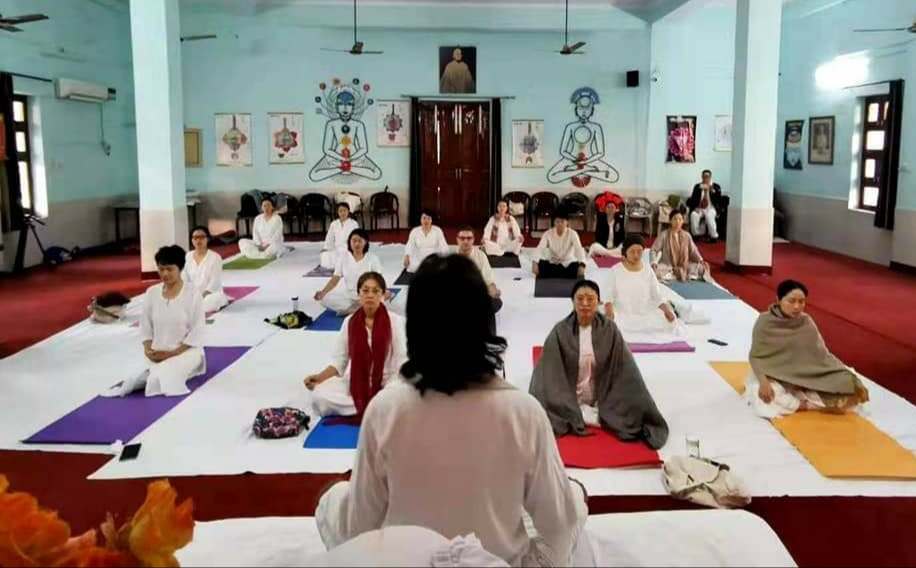


Raja means 'king" or 'royal," referring to the status of Raja yoga as a "royal path"' or principal form of yoga. Traditionally, Raja yoga refers to both the goal of yoga and the method of attaining it. As such, it is also considered to be the state of peace and contentment that arises from sustained yoga and meditation practice.
In essence, Raja Yoga is the Yoga of mind and body control, with a focus on Meditation and Discipline. It encompasses teachings from all the different paths, and it is from Raja Yoga that Hatha Yoga and modern asana practice developed.
Since Raja Yoga involves all three dimensions of human existence (physical, mental and spiritual), it enables practitioners to achieve balance and harmony on all of these levels.
The primary text of Raja Yoga is called the Yoga Sutras of Patanjali (Patanjali Yoga Sutra) Sutra literally means "thread," each Sutra being the barest thread of meaning upon which a teacher might expand by adding his or her own “bead” of experience, example, etc. In Patanjali Yoga Sutra there are almost 200 Sutras, traditionally divided into four sections and they are as follows:
According to Raja Yoga, the biggest obstacle to self-realization is a busy mind, in which excessive thinking, ego, craving, attachment and a separate sense of self all contribute towards suffering.
Working through the mind and body practices outlined in Patanjali's Yoga Sutra is believed to bring the practitioner close to an enlightened state of consciousness known as Samadhi, in which it is possible to experience the true self.
Traditionally, the word Yoga by itself refers to Raja Yoga, the mental science. with the current burgeoning of interest in expending consciousness and in mental science in general, it is natural that we turn to the ancient science of Raja Yoga.
There are, of course, many Western approaches to study and control of mind, each advancing various different concepts and techniques. But compared to these, the ancient Yogic science is a great grandsire. For thousands of years the Yogis have probed the mysteries of the mind and consciousness and we may discover that some of their findings are applicable to our own search as well.